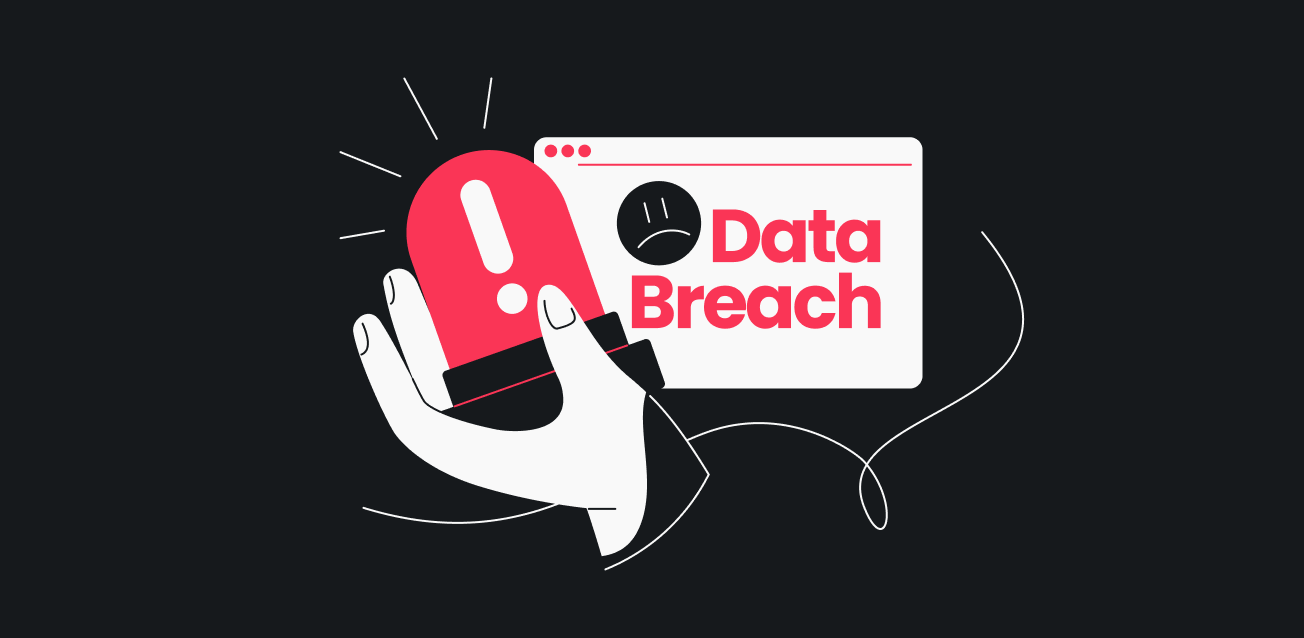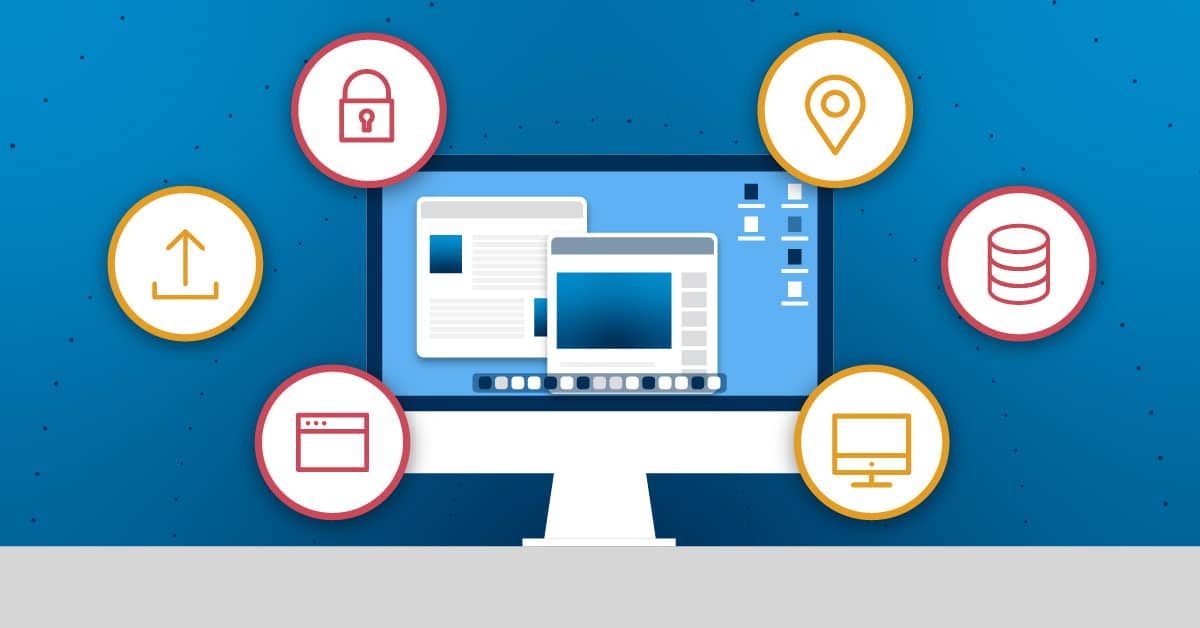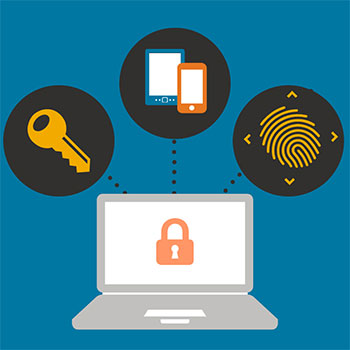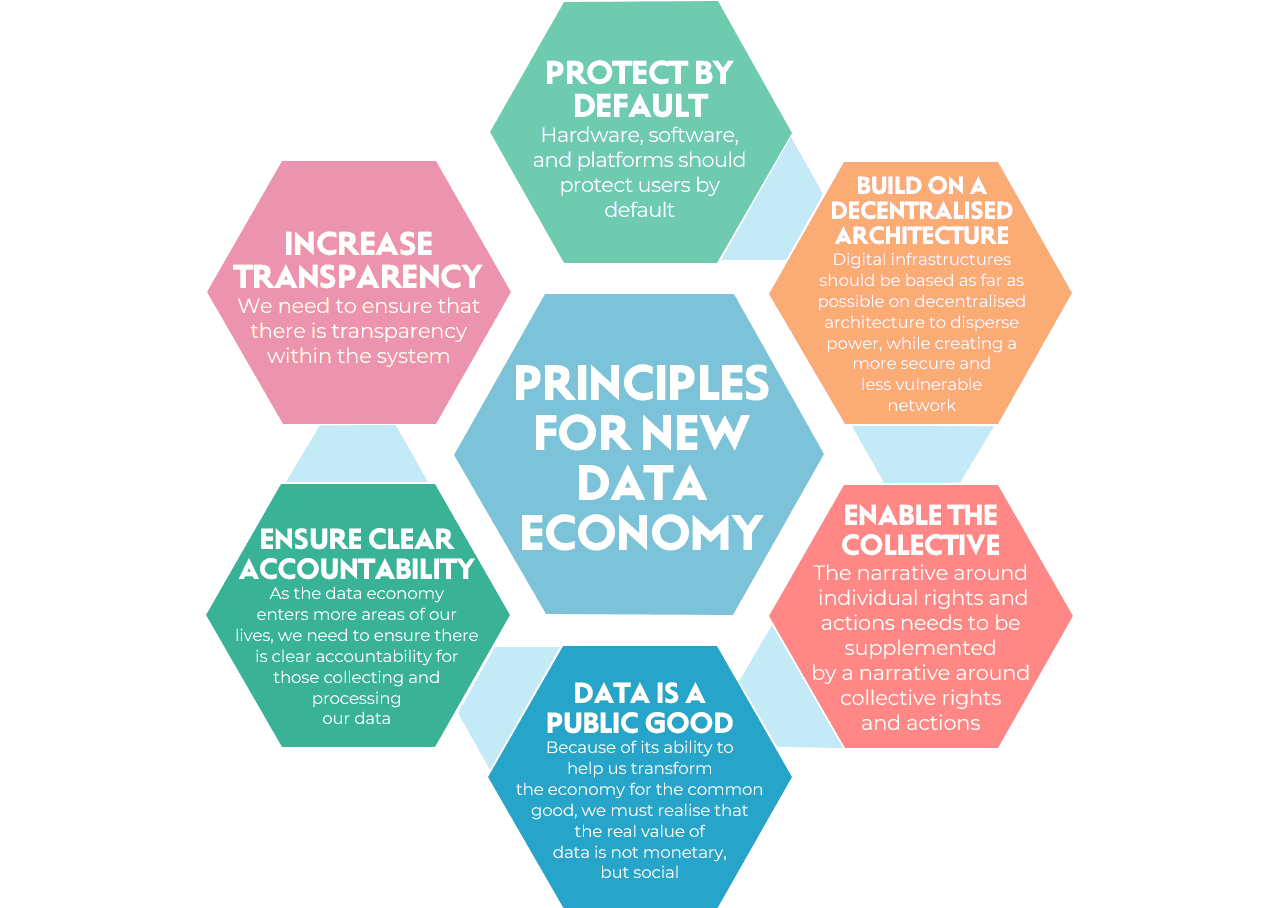Imagine your digital wallet, the bedrock of your online buying, under siege by cyber crooks. Every year, impact of data breaches on digital payments sends shockwaves through the financial world, making us question our digital wallet’s defenses. With each shopping spree or e-payment, the ghost of fraudulent transactions looms.
Every tap, swipe, or click might expose your hard-earned cash to digital dangers. But exactly how vulnerable are we? From the mechanics of cyber attacks on payment systems to the unsettling spectrum of data breach consequences, we’ll dive headfirst into understanding these threats. Ready to fortify your digital fortress and fend off financial foes? Let’s explore how to lock down your e-cash and sprint ahead of savvy hackers.
Understanding the Threat: How Data Breaches Affect Digital Payments
The Mechanics of Cyber Attacks on Payment Systems
Cyber attacks on payment systems are sneaky. Thieves use many tricks to steal your money. They might send fake emails (phishing) to trick you into giving your info. Or, they might break into a company’s system to grab lots of credit card numbers at once. They are always looking for weak spots to attack and take what’s not theirs.
Analyzing the Spectrum of Data Breach Consequences
When cyber thieves steal financial info, the impact is huge. First, there’s credit card fraud after data hacks. This means someone could use your card without you knowing. Next is identity theft on digital payment platforms. Here, thieves may pretend to be you and buy things or take out loans. This hurts your bank account and your credit score.
Thieves don’t stop at your money. They shake your trust in digital payments. You might think twice before using your app to buy a coffee or pay a friend back. If people lose trust, they might stop using digital wallets. This is bad for stores and banks that want you to use their apps.
To protect you, companies must watch for fraud in e-payments. They have smart tools that look for strange spending patterns. If they spot something off, they can stop the bad guys. But they need to guard your data too. Encryption makes it harder for thieves to read your info. And PCI DSS standards help keep everyone on their toes. It’s like a big set of rules that payment companies must follow to keep things safe.
But sometimes, despite best efforts, breaches happen. The cost to fix everything after a breach can be big. Plus, if your data was stolen, companies have to help you and may get fined. That’s because of rules like GDPR, which make sure your info gets protection.
Mobile payment apps need extra care. The effects on these apps can include new weak spots for thieves to try and exploit. Companies use things like multi-factor authentication to add more security layers. This is when you need, say, a password plus a fingerprint to get into your account.
Everyone has to help fight against these cyber thieves. You can start by keeping an eye on your accounts. If you see a purchase you didn’t make, tell your bank fast. They have plans ready for when security breaches happen.
In the end, knowing about these threats makes us all safer. We can watch for danger signs and pick safer ways to pay. By learning about how cyber attacks work, we all play a part in online transaction security.
Examining Digital Wallet Security: Is Your Money Safe?
Unveiling Digital Wallet Vulnerabilities
Think of digital wallets like an invisible cash clip. They hold your money, but you can’t see or touch them. Just like a cash clip can fall out of your pocket, digital wallets can get hit by cyber attacks. These attacks aim to steal the money or information inside your digital wallets. Hackers love digital wallets because so many folks use them for shopping and banking without thinking much about security.
Online transaction security is the armor for your digital wallet. If a hacker breaks through, they can commit financial information theft. This means they might empty your bank account or shop with your money. But we can layer up, like wearing a coat in winter. Encryption for secure transactions is one of those cozy layers. It scrambles your data so bad guys can’t read it.
Credit card fraud after a data hack is a big worry. It’s when someone uses your card without you knowing. Think of it as if someone sneaked your card out, bought candies, and then tucked it back. You wouldn’t know until you see your money gone or get a call from the bank. But there’s more than just losing money. Your good name can take a hit too. Identity theft on digital payment platforms is a real threat.
When online shopping, you want to be sure no one’s peeking at your card number. That’s where PCI DSS standards come in. They are like rules that stores must follow to keep your card safe. This is important stuff, making sure no one’s in the shadows, waiting to snatch your details.
The Importance of Protecting Customer Data
Keeping customer data safe is like locking your treasures in a chest. That chest is the trust between you and the places where you use your digital wallet. If the chest stays locked, you feel good about shopping there again. If it pops open and your stuff spills out, trust flies away, and bad trouble starts.
Businesses must keep their guards way up. Think of it as setting a strong fence around a house. They use things like secure payment gateways and multi-factor authentication. Want to dodge trouble from phishing scams? Be like a squirrel with an acorn stash. Keep your money safe with a strong password and careful clicks.
Fraud detection in e-payments has to be super quick. It’s like playing whack-a-mole with sneaky moles trying to snatch your cash. Fast detection means you can stop them before they do real damage. Firms that handle our cards, online banks, and shops, must be super-sharp at this.
Digital wallet vulnerabilities are not just spooky stories. Hackers are always hunting for weak spots. And if they find one? They might grab your money and skip town. So what can we do? We keep our eyes wide open and learn how to protect what’s ours. Together, we build a world where our digital wallets are like steel vaults. And we can shop, trade and save without worries.
Protecting Your Finances: Strategies Against Digital Theft
The Role of Encryption and Tokenization in Secure Transactions
When you shop online or pay with a card, your data can be stolen. Hackers aim to capture your card number, and personal info to commit fraud. But don’t worry, we have strong shields to guard your money.
First, let’s talk about encryption. It’s like turning your card details into a secret code. Only those meant to see it, like your bank, can turn it back into info they understand. We use this all the time to keep your card safe when you pay.
Tokenization takes it a step further. It swaps your card number with a unique code. This code, or token, is useless to thieves. Think of it as a decoy; it looks real but has no value if stolen.
Leveraging Fraud Detection and Multi-Factor Authentication
Now, let’s beef up our defenses! Fraud detection is our watchtower. It’s always looking out, using patterns and tech magic to spot the bad guys. It can tell if someone else tries to use your info to buy things.
But even the best watchtower needs walls. That’s where multi-factor authentication, or MFA, comes in. It’s like having a secret handshake, a password, and a key. You need all three to prove it’s really you. So, if a hacker gets one, they still can’t get into your account.
Let’s say you’re logging in to pay. With MFA, you might type your password but then also enter a code sent to your phone. This makes it super tough for hackers to fake being you.
Using encryption, tokenization, and MFA, we make sure your digital wallet is a fortress. Your money is safe, and you can shop and pay without fear. Because when it comes to protecting your cash, we play no games.
Aftermath of a Data Breach: Responding and Rebuilding Trust
Estimating Post-Breach Remediation Costs and Consumer Rights
After a data breach, we face a tough road. The costs to fix things can soar. We’re talking about big money. Companies spend lots to repair their systems. They hire experts. They improve security. But it’s not just about cash. They must also win back people’s trust.
Customers have rights, of course. They can ask for free credit checks. This helps them see if thieves used their info. If they find fraud, they can take steps. They can change passwords. They might get new credit cards. All these steps are part of getting their lives back in order.
Strengthening E-Commerce after a Data Leak Impact
Now, let’s look at the bigger picture. E-commerce took a hit? We’ve got to firm up the walls. It’s time to double down on what keeps us safe. Encryption is a start. It scrambles data so only the right people can read it. It’s like a secret language for your credit card info.
Next, we get smarter about spotting fraud. That’s where fraud detection kicks in. It looks for odd patterns. Maybe someone in another country buys something with your card. That’s a red flag. The system checks that. If it looks like theft, it can stop the sale.
And then there’s the trust of shoppers. They must feel safe to click ‘buy’. So, businesses must show they care. They’ve got to talk to customers, explain what happened. Tell them how it won’t happen again. Actions speak loudest, though. So, solid security wins the day.
To rebuild, we must think ahead. It’s about learning from mistakes. Then you make changes. Firms must do this to keep your digital wallet safe. They use better tech and train staff well. This way, when you shop, you’re in good hands. Trust comes back, one sale at a time.
We’ve explored the risks data breaches pose to digital payments and your money’s safety. From cyber attacks targeting payment systems, to weaknesses in digital wallets, it’s clear that protecting customer data is crucial. We looked at strong defenses like encryption and multi-factor authentication, which can shield your finances from digital theft.
What’s vital to remember is that while the digital realm poses new threats, there are powerful strategies to stay safe. Always use secure methods when transacting online. If the worst happens and a data breach occurs, know your rights and how businesses can rebuild trust.
Take charge of your digital security today. It’s the best move to keep your money safe and your mind at ease.
Q&A :
How do data breaches affect consumer confidence in digital payment platforms?
Data breaches can significantly undermine trust as they expose the vulnerability of financial information. Consumers may hesitate to use digital payment methods if they fear their sensitive data could be compromised.
What are the financial repercussions for companies experiencing a data breach in their digital payment system?
A data breach in a digital payment system can result in direct monetary losses, regulatory fines, legal fees, and costs associated with upgrading security measures. Additionally, they may face a decline in sales due to decreased consumer trust.
How can businesses enhance their digital payment security to prevent data breaches?
Businesses can bolster their digital payment security by implementing multi-factor authentication, encryption, regular security audits, and by staying compliant with payment card industry data security standards (PCI DSS).
What measures should consumers take to protect themselves from data breaches during digital transactions?
Consumers should use secure and strong passwords, monitor their account statements regularly for unauthorized transactions, and ensure they make payments through verified and secure channels.
What is the role of regulation in protecting digital payments from data breaches?
Regulation plays a critical role in setting minimum standards for data protection. Regulations like GDPR and PCI DSS compel organizations to adopt stringent data security practices, thus reducing the risk of breaches and ensuring safer digital payment environments.



